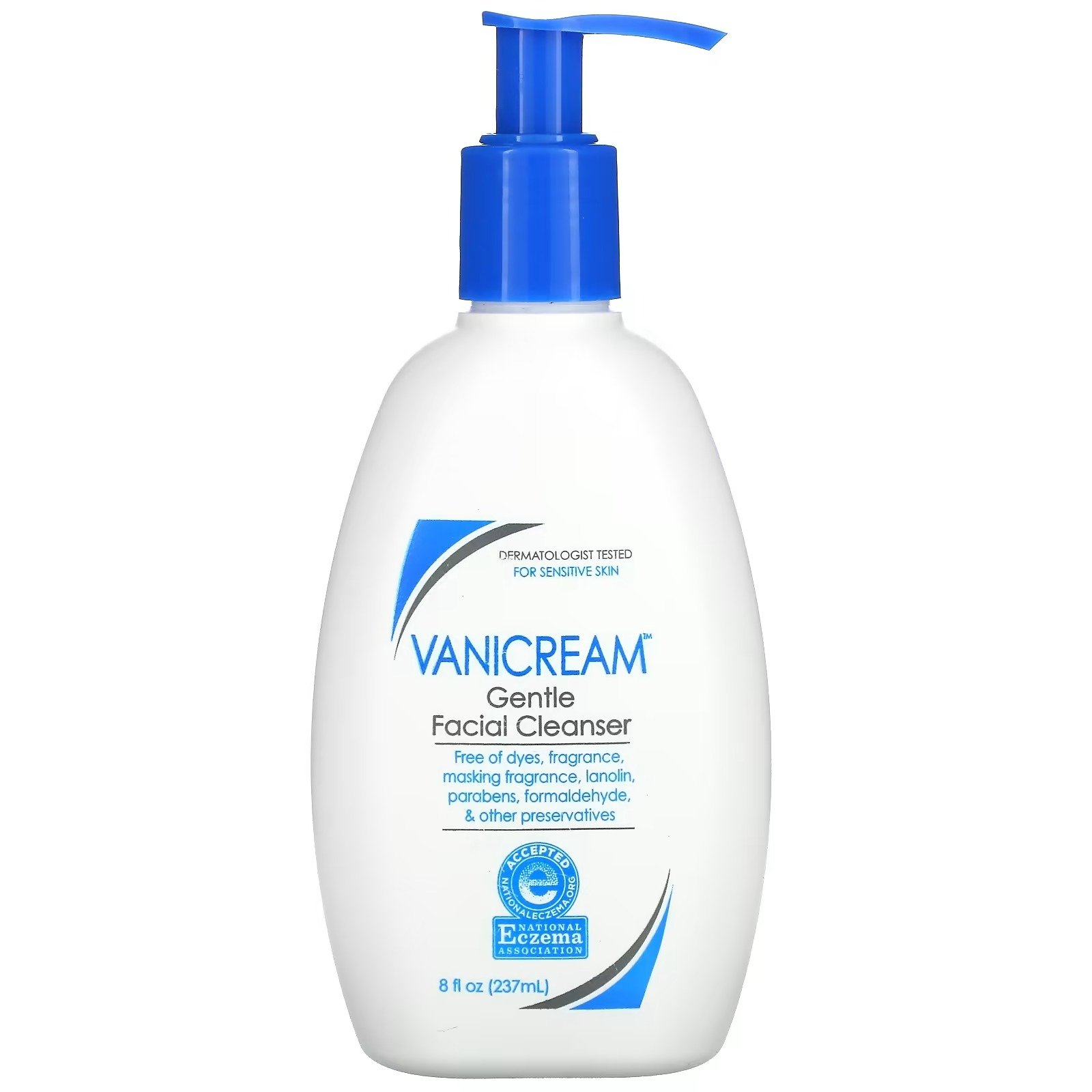How to Identify Your Skin Type
Everyone’s skin is unique, and it’s important to understand your skin type before you begin creating a skincare routine. Knowing your skin type will help you identify which products and ingredients are best suited for your needs, helping you to get the glow you’re after. With this in mind, we’ve broken down the different skin types and conditions that exist in order to help you determine yours.
Skin Type vs. Skin Conditions
Before we get into identifying individual skin types, it’s important to first distinguish between skin type and skin condition. Your skin type is determined by genetic predisposition and often remains consistent throughout adulthood. On the other hand, your skin condition can change over time due to external factors such as diet, stress, or environmental exposure—for example, sunburns or cuts from shaving.
Normal/Moderate Skin
If you have normal/moderate skin, it means that you do not experience any major sensitivities or redness that would be considered a “condition”. In terms of texture, normal/moderate skins tend to be neither oily nor dry but instead maintains a healthy balance throughout the day without needing much maintenance or special care. If this sounds like you then congratulations! You are lucky enough to have what is considered “normal” skin with minimal upkeep required for optimal health.
Dry Skin
In contrast with normal/moderate skin, those with dry skin tend to experience tightness or flaking around certain areas of their face after washing it or throughout the day due to low levels of oil production in their pores. If this sounds like you then reach for products that contain hydrating ingredients like hyaluronic acid and ceramides as these will help keep your face feeling moisturized throughout the day while also providing additional benefits like reducing the appearance of wrinkles! Products from Vanicream are great options for those with dry skins since they offer both hydration and protection from environmental aggressors that could worsen existing dryness or cause new issues such as acne breakouts.
Vanicream Gentle Cleanser
A soap-free formula that is gentle to even the most delicate and sensitive skin. Non-comedogenic (won't clog pores), no harsh cleansing agents, and pH balanced. Apply generous amount to wet skin, lather, rinse, and pat dry with towel. Ideal for daily use.
Oily Skin
People who have oily skin tend to notice an increase in shininess over their faces as well as enlarged pores from excessive oil production. To combat this issue, opt for non-comedogenic formulas (which means formulas designed not to clog your pores) with ingredients like salicylic acid that can reduce excess sebum without stripping away too much moisture from your face—this will help keep shine at bay without causing further irritation and dehydration. Additionally, using gentle exfoliants 1-2 times per week can help remove dead cells from the surface of your face which helps prevent breakouts associated with oily skins.
Combination Skin
Those who have combination skin typically experience one area that is drier while having others where there is an abundance of oil production—usually around their nose and forehead. The best way to treat combination skins is by finding a balance between hydration (in the drier areas) and oil control (in the oiliest areas).
Sensitive Skin
Sensitive skins tend to react easily even when exposed to products deemed safe for most people's faces, even mild cleansers and lotions. It's important not only to find products specifically formulated for sensitive faces but also to avoid harsh exfoliants which can further irritate already inflamed skin. The best way to combat sensitivity issues is by opting for moisturizers containing soothing ingredients such as calming aloe vera or chamomile extract which will help soothe irritated sections while keeping overall hydration levels balanced.
What’s My Skin Type?
Now that you know the different types of skin, how do you determine your own? The best way to identify your skin type is by paying attention to your complexion over time. If you have oily skin, for example, chances are you will notice a visible shine on the surface of your face after a few hours out in the sun or after working out. Dry skin may be flakier and prone to redness during colder months.
One quick test that can help you determine your skin type is the “tissue test” - press a tissue or facial wipe against your face after you’ve been outside for an hour or two. If it is soaked with oil, then you have oily skin; if it has absorbed some moisture and feels damp, then you probably have normal/moderate skin; if it remains largely dry and intact then you may have dry skin.
Knowing your skin type is key to maintaining healthy, glowing skin – so take the time to figure out which one best describes you and use that information when choosing skincare products. If you're still unsure, don't hesitate to consult the But More Importantly team for more detailed advice. We're here to help!
Seasonal Skincare Adjustments for each skin type:
As the seasons change, so do the needs of your skin. Recognizing these fluctuations and adjusting your skincare routine accordingly is crucial for maintaining optimal skin health throughout the year. Here's a guide on how to adapt your skincare routine based on the seasons:
Winter:
During colder months, focus on hydrating products to combat dryness. Consider incorporating richer moisturizers and nourishing ingredients like shea butter. Don't forget sunscreen, as UV rays are still present, even in winter.
Spring:
Transition to lighter products as the weather warms up. Include antioxidants to protect against environmental stressors. Consider adding a gentle exfoliant to refresh the skin after winter.
Summer:
Prioritize sun protection with a high SPF. Opt for lightweight, non-comedogenic formulas to prevent clogged pores. Hydrate with water-based products and use a gentle cleanser to remove sweat and sunscreen.
Fall:
As temperatures cool, reintroduce richer moisturizers. Address any sun damage from summer with products containing ingredients like vitamin C. Prepare the skin for winter by maintaining hydration.
By making these seasonal adjustments, you can ensure that your skincare routine aligns with the changing needs of your skin throughout the year.
Environmental Factors and Skincare:
Environmental factors such as pollution and climate can significantly impact the health of your skin. Understanding these influences is essential for taking proactive measures to protect your skin. Consider the following tips:
Pollution:
Use skincare products with antioxidants to combat free radicals caused by pollution. Cleansing the skin thoroughly at the end of the day helps remove pollutants.
Climate:
Adapt your routine based on the climate you live in. In dry climates, focus on hydration, while in humid climates, lightweight products may be sufficient. Use a humidifier indoors to combat central heating-induced dryness.
By addressing the impact of the environment on your skin, you can develop a skincare routine that provides effective protection against external stressors.
Personalized Skincare Routines for each skin type:
Recognizing that everyone's skin is unique, it's essential to personalize your skincare routine. Experimentation is key to finding the products and ingredients that work best for your specific skin concerns. Here's how to create a personalized routine:
Experimentation:
Try different products and observe how your skin responds. Start with one new product at a time to identify its impact on your skin. Keep a skincare diary to track changes and identify patterns.
Tailoring to Your Needs:
Address specific concerns by choosing products with ingredients targeted to your skin type. For example, if you have dry skin, focus on hydrating ingredients like hyaluronic acid.
Consistency:
Once you find a routine that works, consistency is key. Stick to a regular skincare schedule to maintain and improve your skin health over time.
Related Stories


















